Bicolor Angelfish
$58.99
-
Select Variant
Considered by many as the most stunning among the Centropyge family of pygmy or dwarf angelfish The Bicolor angelfish is also referred to as the Two-colored angelfish or Oriole Angelfish, is a bright yellow on the front part of the body and an intense blue on the side that is posterior. A splash of blue extends vertically up from the eye towards at the very top. Then the tail is yellow.
An at-least 70-gallon tank size that has plenty of hiding places as well as live rock to graze on can provide a habitat where the fish can thrive. A reef-dweller is not a great choice The Bicolor Angelfish can nibble at soft and stony corals (sessile invertebrates) and mantles of clams.
It is asexual, extremely difficult to reproduce in an aquarium and doesn't have any discernible colors that differ from males and females.
The Bicolor Angelfish needs an omnivorous diet consisting that includes Spirulina as well as marine algae top quality angelfish products, and mysis, which is frozen shrimp.
Approximate Size of Purchase Small 1" to 1" to 1-3/4" Medium: 1" to 1-3/4" and 2-1/2" Large 2 1/2" up to 41/2"
- Description
- Additional Information
- Reviews
General Information on Bicolor Angelfish
The Bicolor Angelfish, a standout among Centropyge pygmy or dwarf angelfish, sports a vivid yellow anterior body and deep blue posterior. A vertical swath of blue extends from the eye over the head, while the tail retains its yellow hue. However, they tend to nibble on soft and stony corals and clam mantles, making them unsuitable for reef environments.Diet & Nutrition
Bicolor angelfish are benthic omnivores, initially consuming about 30% algae but shifting as they mature to 70% from corals, crustaceans, polychaete worms, sponges, and other invertebrates. Adjust feeding according to their life stage.- Reef Tank Diet: Offer a variety of live, frozen, or prepared foods like mysis, spirulina algae, shucked fish, frozen shrimp, and angelfish sponge-based foods.
- Feeding Frequency: Feed 2-3 times daily, adjusting based on tank size and natural algae availability. Larger tanks with more natural algae may require feeding 1-2 times daily.
Bicolor Angelfish Origin
Centropyge bicolor thrives throughout the Indo-Pacific region, spanning East Africa to the Samoan and Phoenix Islands, southern Japan to New Caledonia, and across Micronesia. It's also found in Fiji, Indonesia, Vanuatu, and certain areas of the Great Barrier Reef in Australia.Links to follow:
size
Large, Medium, Small
Units
1
Weight
6 lbs
Dimensions
1 × 1 × 1 in

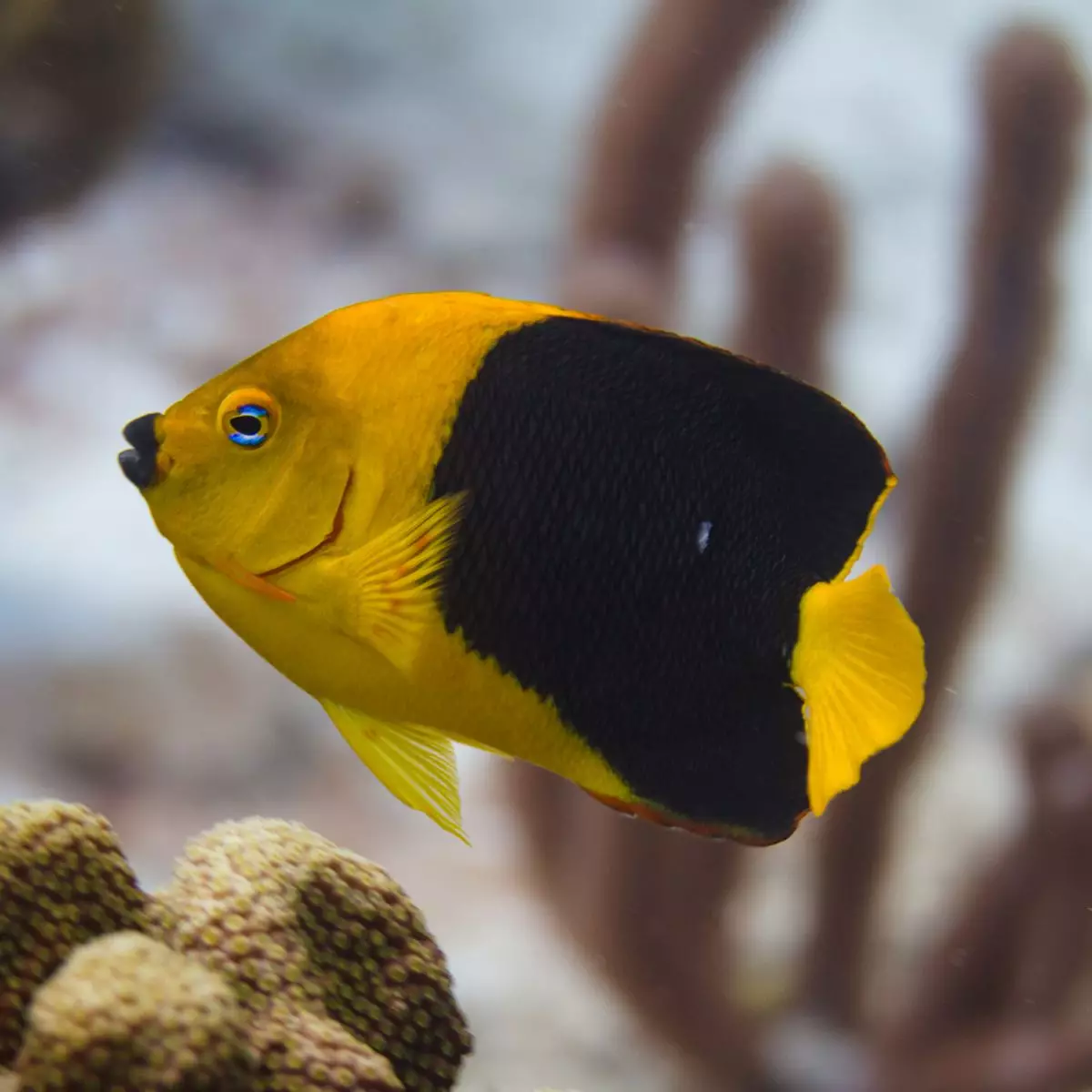
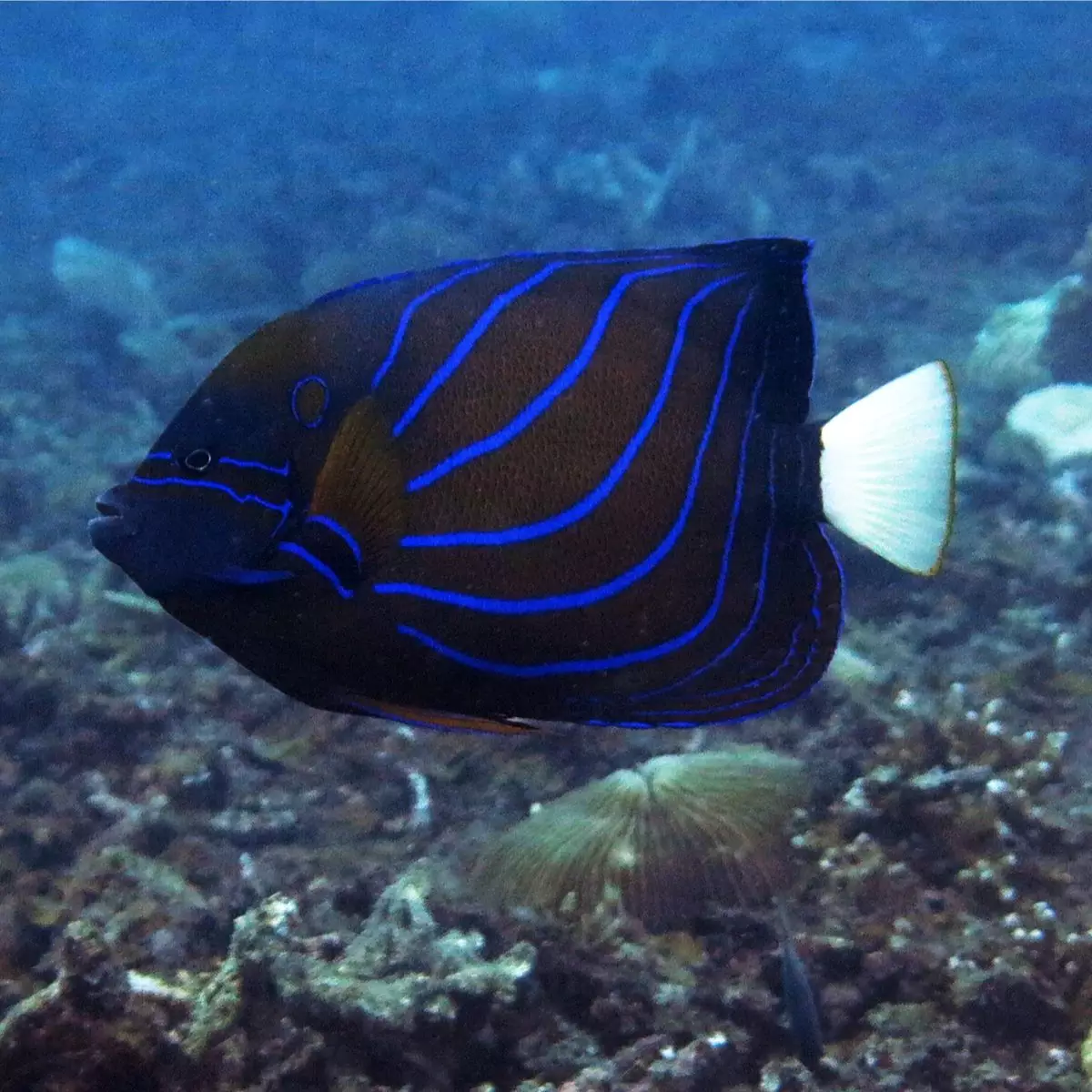
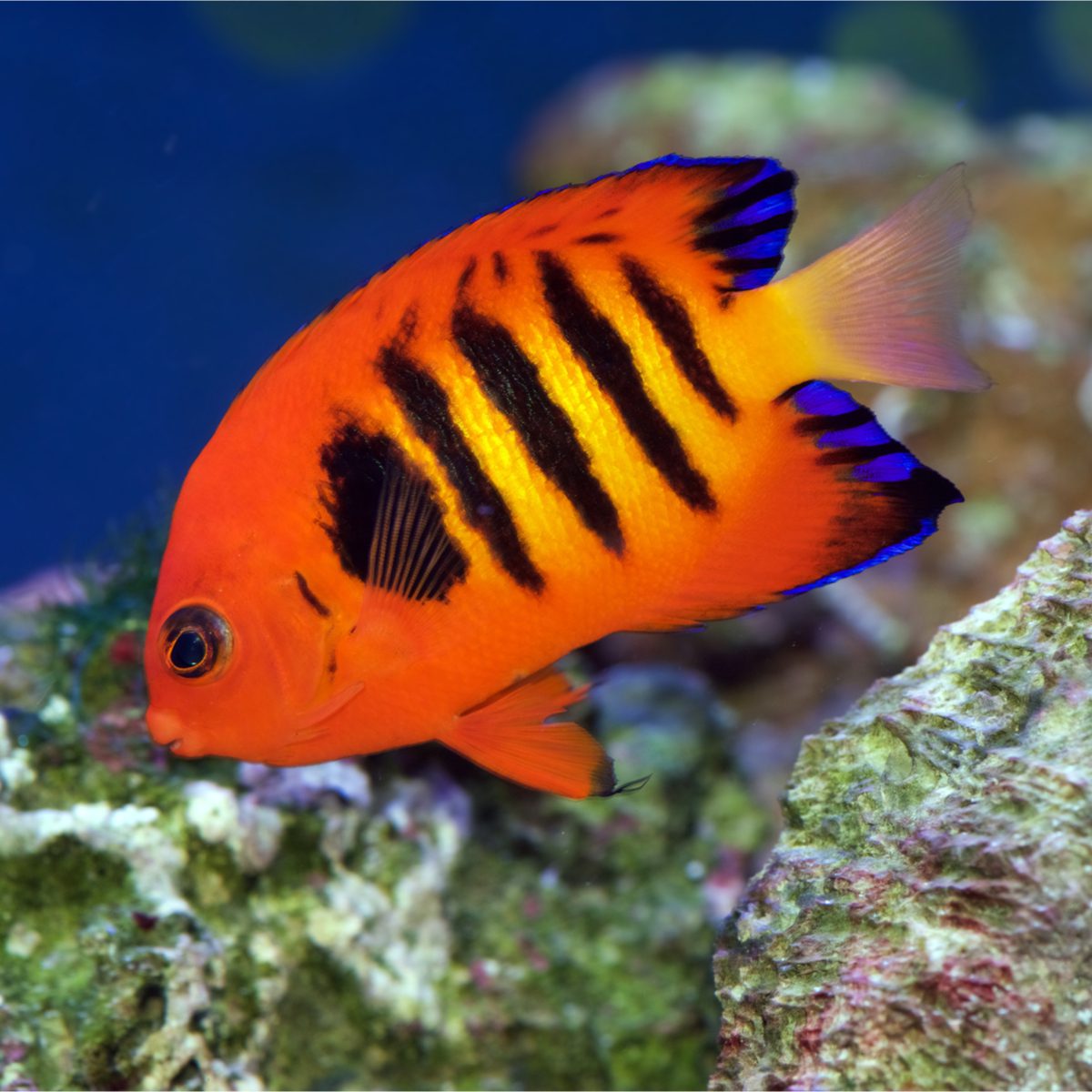
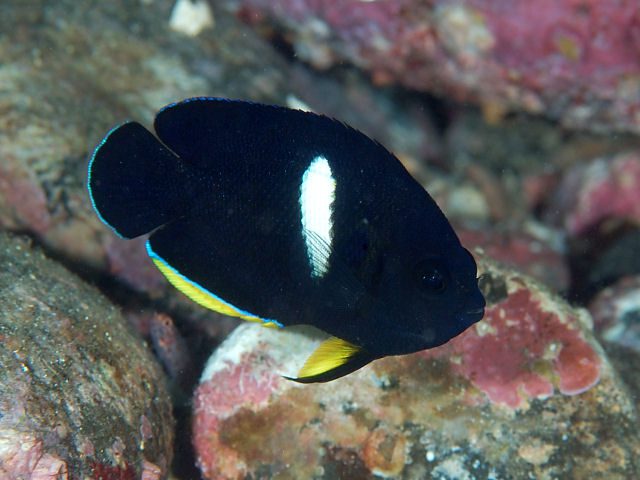
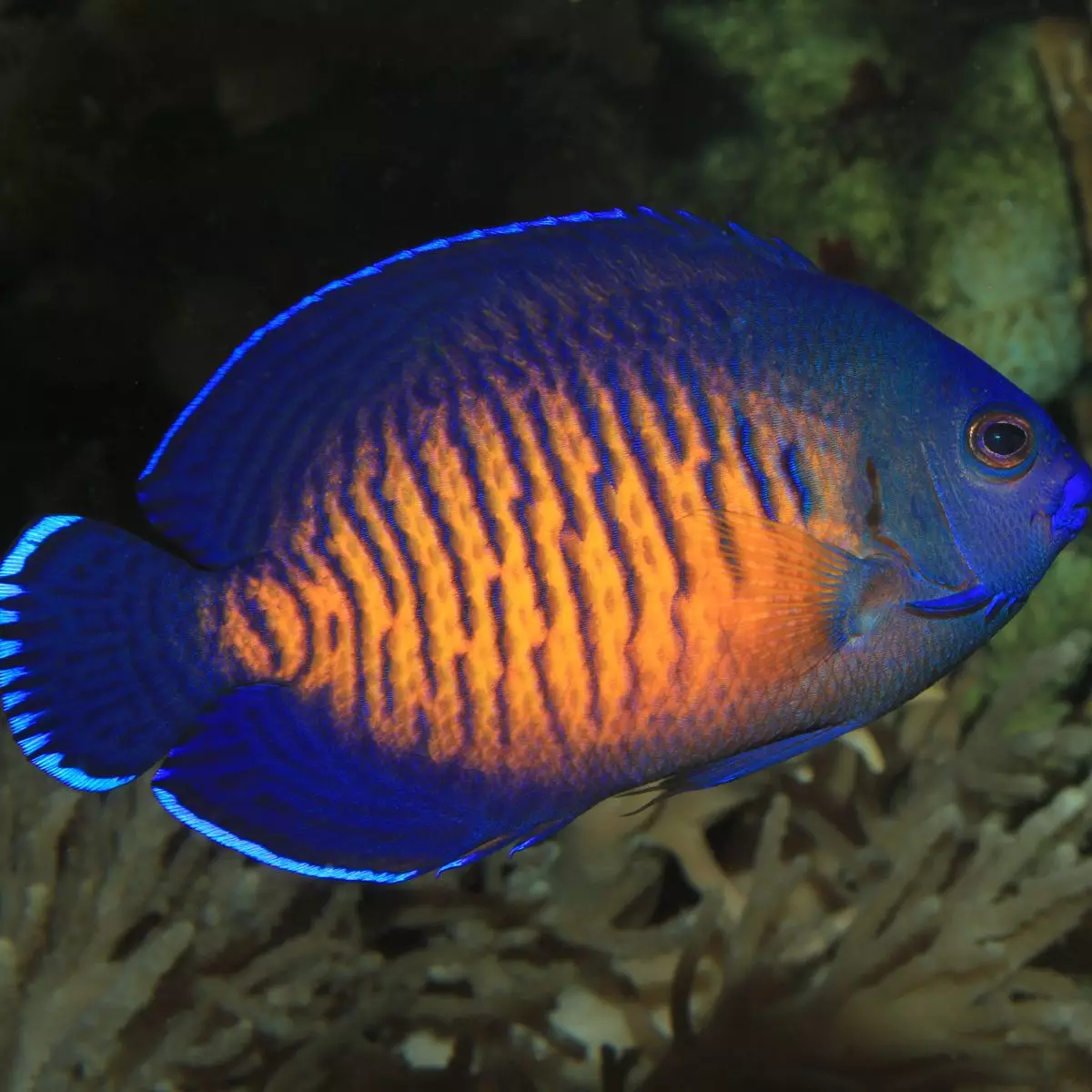
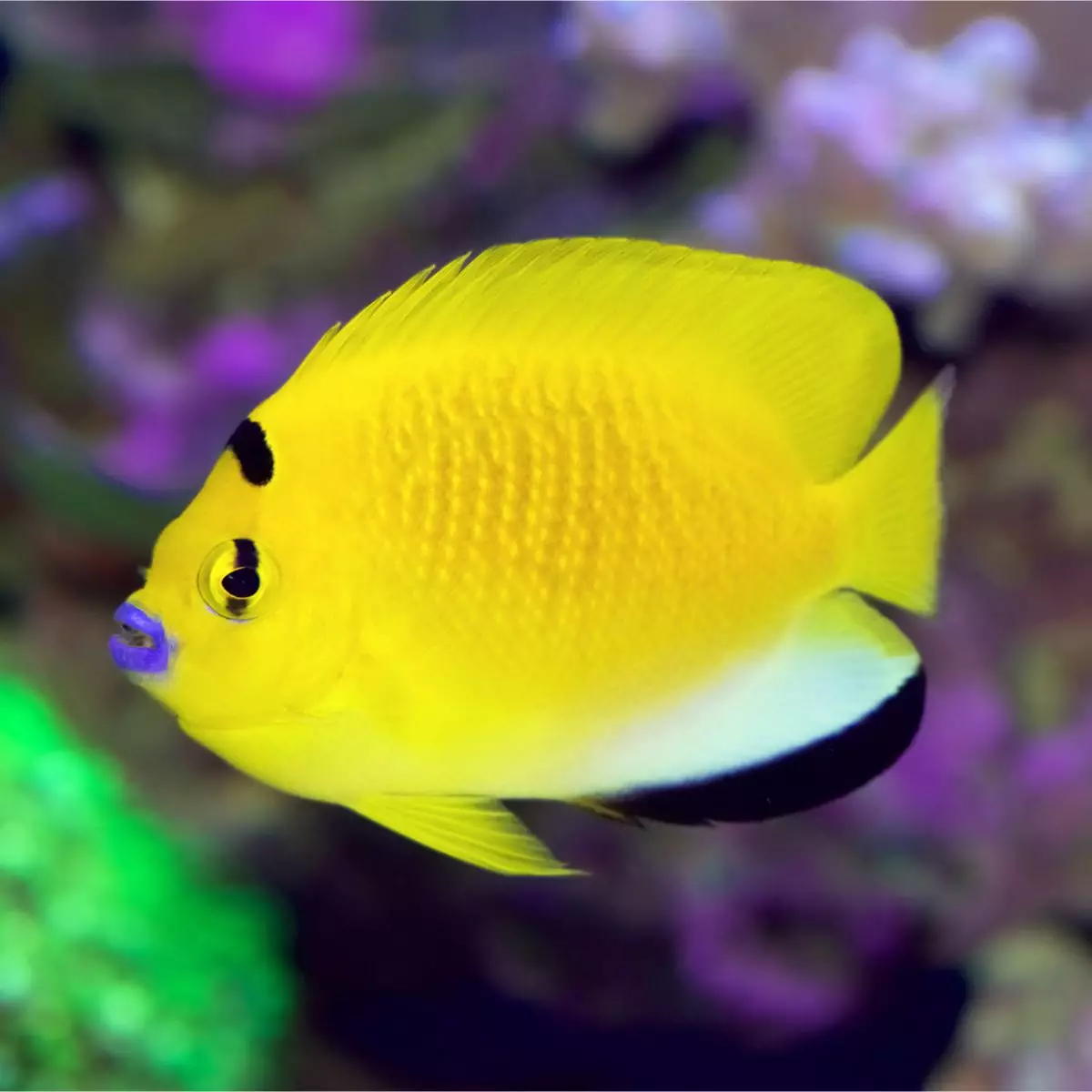
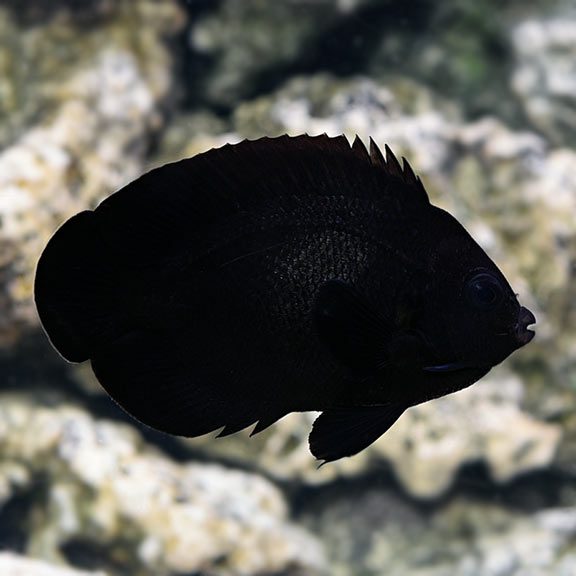
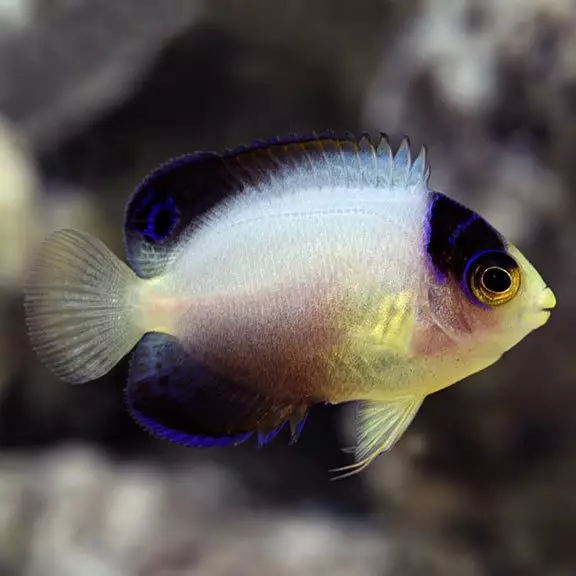
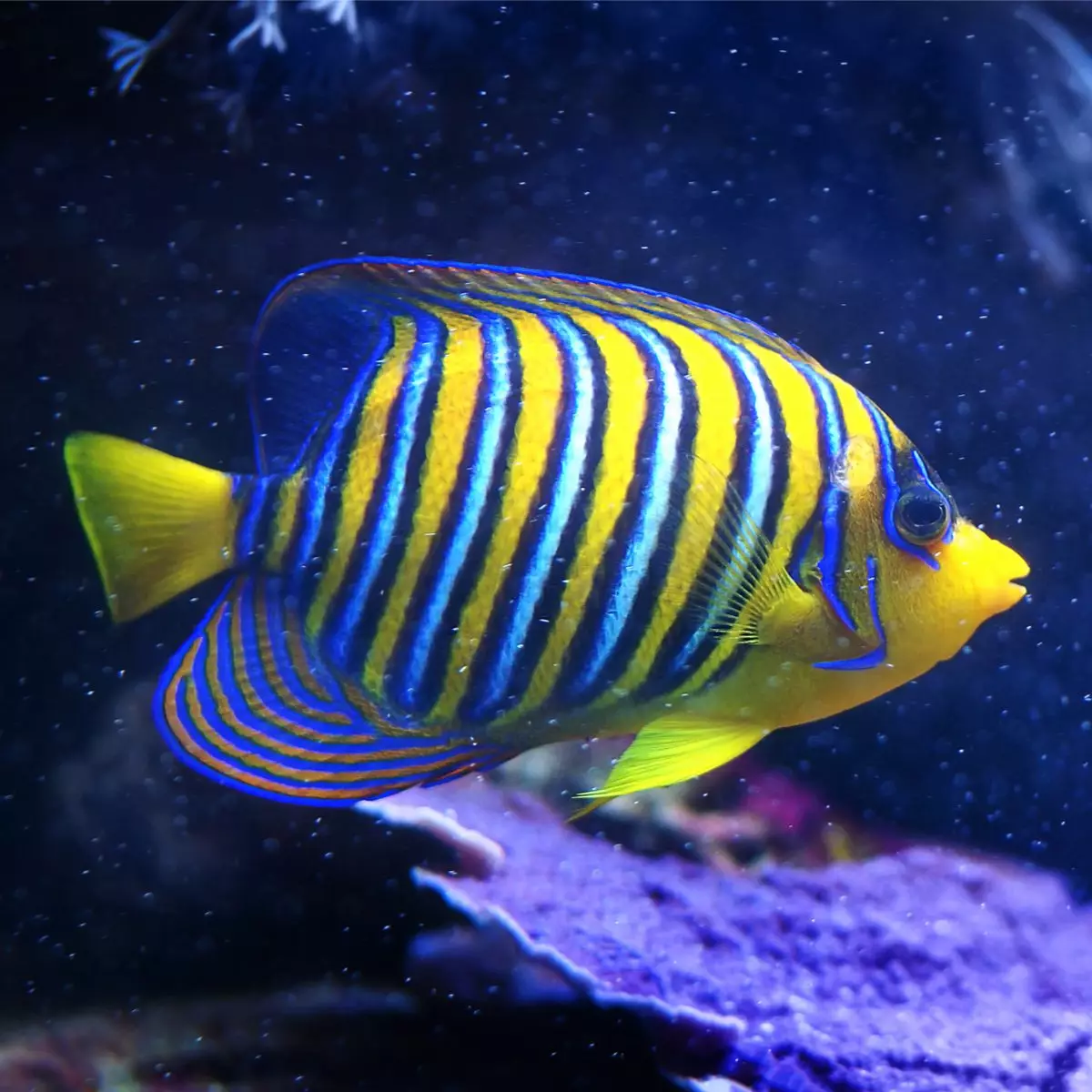
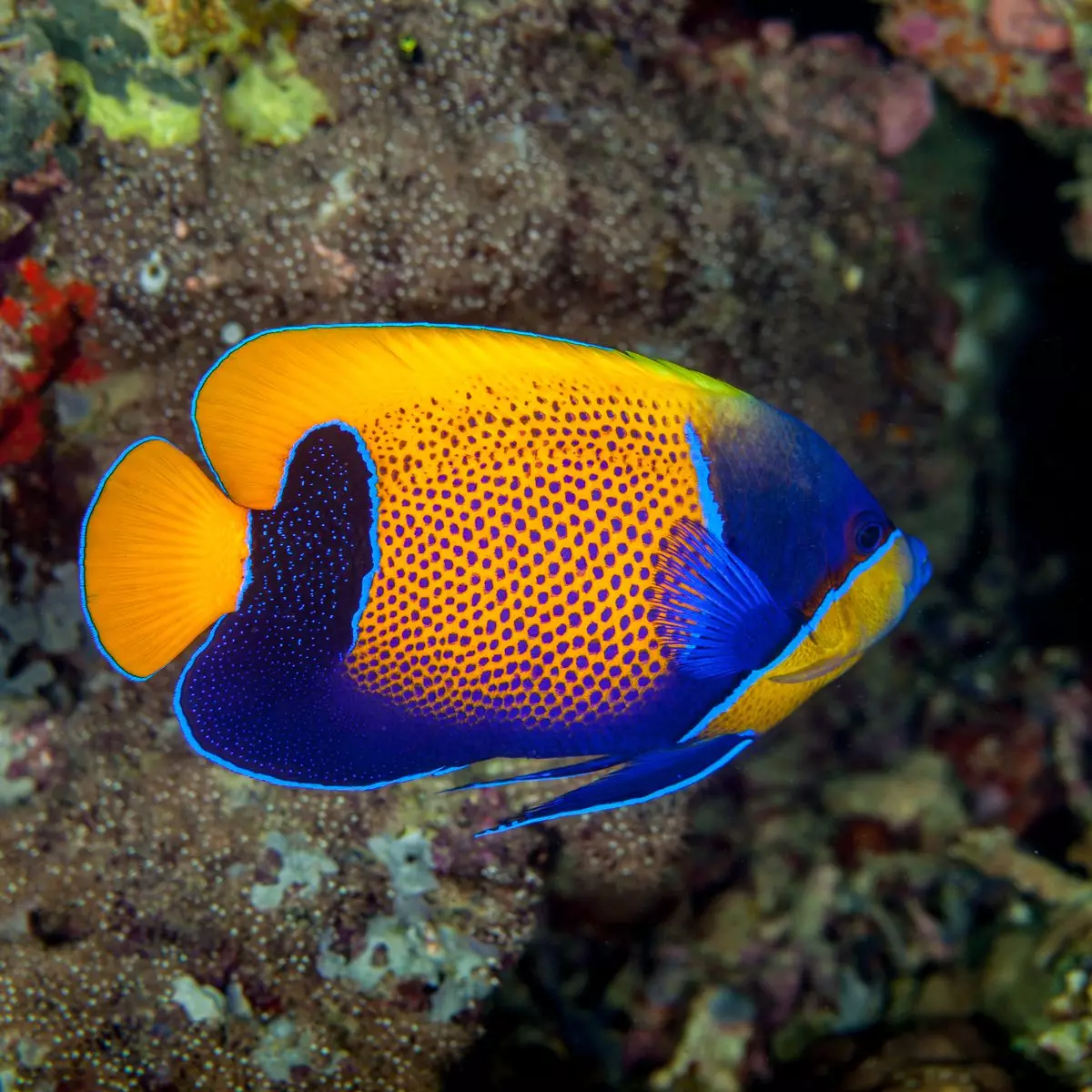
Reviews
There are no reviews yet.